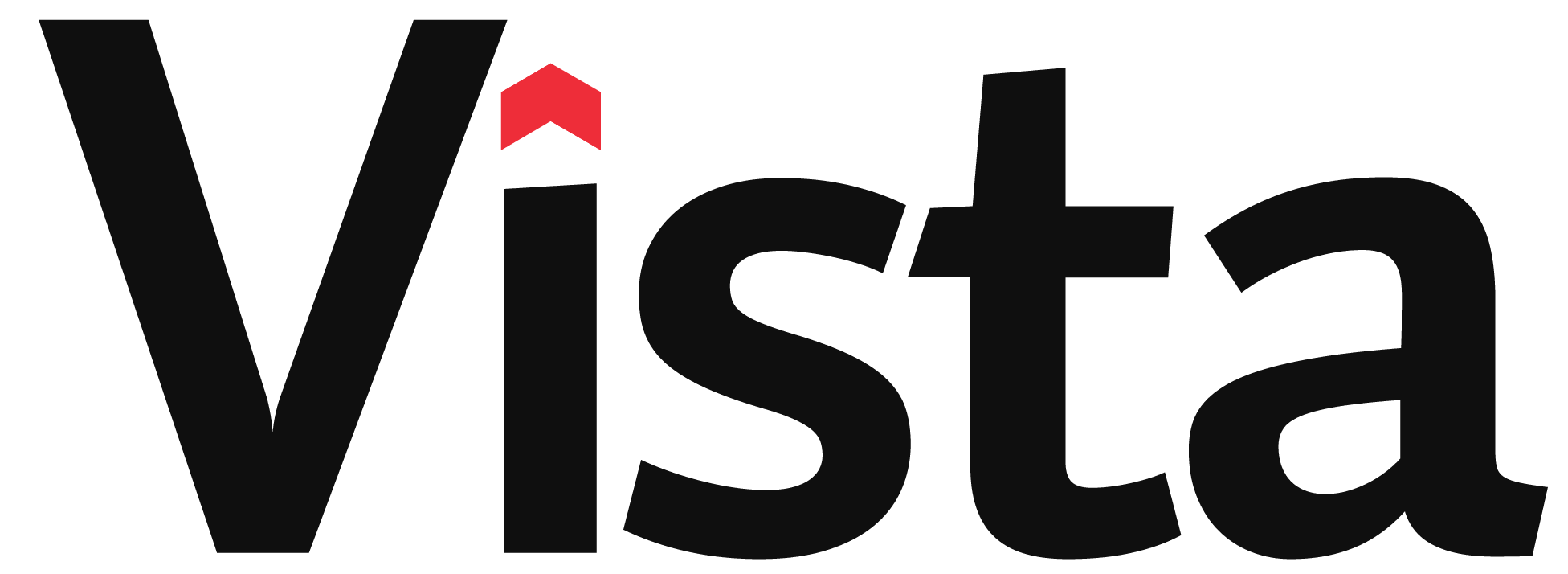7 Fascinating Lessons from da Vinci
4 min read
Written by: Steve Beshara
Leonardo da Vinci was the original Renaissance man. Truly. And regarded as history’s most creative genius. The award-winning biographer Walter Isaacson brings da Vinci to life in his exciting new biography released in October.
Having studied thousands of da Vinci’s notebook pages (Leonardo created over 7,200 of them) and reviewing his masterpieces and fantastical inventions, Isaacson explains how da Vinci could think like an artist and a scientist, which gave him something of immense value: the ability to visualize theoretical concepts.
Leonardo combined both fields to create things unimaginable or previously unknown. How the human heart works (centuries before cardiologists would understand), the helicopter, flying wings, and hydrodynamics. Over the years, he did the same thing for geography (through aerial three-dimensional maps), anatomy (through his memorable drawings of the Vitruvian Man and a fetus in the womb) and more—all while creating some of the world’s greatest works of art.
Being a genius is different than merely being super smart. Smart people are a dime a dozen, and many of them don’t amount to much. What matters is creativity—the ability to apply imagination to almost any situation.
Isaacson writes, "da Vinci was largely self-taught. He was born out of wedlock, which meant that he could not follow in the family tradition of being a notary and was not eligible to attend one of the “Latin schools” that taught the classics and humanities to well-groomed young men of the early Renaissance. And like Einstein, da Vinci had a problem with authority. He often seemed defensive about being an “unlettered man,” as he dubbed himself with some irony, but had little patience for the “foolish folk” who thought less of him. “They strut about puffed up and pompous, decked out and adorned not with their own labors, but by those of others,” he wrote in one of his notebooks."
"So it was that da Vinci learned to challenge conventional wisdom, ignoring the dusty dogmas that had carried over for centuries. He signed “Leonardo da Vinci, disscepolo della sperientia,” a disciple of experience and experiment. His approach to problem-solving was nothing short of revolutionary, foreshadowing the scientific method developed a century later by Galileo Galilei. And it elevated da Vinci beyond even the smartest of his peers," Isaacson continues.
There are countless lessons Leonardo can teach us. Isaacson scribed his top 20 lessons in the conclusion of the book. I've selected 7 lessons that resonate the most with me.
Be curious, relentlessly curious.
“I have no special talents,” Einstein once wrote to a friend. “I am just passionately curious.” Leonardo actually did have special talents, as did Einstein, but his distinguishing and most inspiring trait was his intense curiosity. Being relentlessly and randomly curious about everything around us is something that each of us can push ourselves to do, every waking hour, just as he did.
Observe.
Leonardo’s greatest skill was his acute ability to observe things. It was the talent that empowered his curiosity, and vice versa. It was not some magical gift but a product of his own effort. When he walked around town, he observed how the facial expressions of people relate to their emotions, and he discerned how light bounces off differing surfaces. He saw which birds move their wings faster on the upswing than on the downswing, and which do the opposite. Then wonder why.
Procrastinate.
While painting The Last Supper, Leonardo would sometimes stare at the work for an hour, finally make one small stroke, and then leave. He told Duke Ludovico that creativity requires time for ideas to marinate and intuitions to gel. “Men of lofty genius sometimes accomplish the most when they work least,” he explained, “for their minds are occupied with their ideas and the perfection of their conceptions, to which they afterwards give form.” Leonardo believed procrastinating involves gathering all the possible facts and ideas, and only after that allowing the collection to simmer.
Avoid silos.
At the end of many of his product presentations, [Steve] Jobs displayed a slide of a sign that showed the intersection of “Liberal Arts” and “Technology” streets. He knew that at such crossroads lay creativity. Leonardo had a free-range mind that merrily wandered across all the disciplines of the arts, sciences, engineering, and humanities. His knowledge of how light strikes the retina helped inform the perspective in The Last Supper, and on a page of anatomical drawings depicting the dissection of lips he drew the smile that would reappear in the Mona Lisa. He knew that art was a science and that science was an art. He always blurred the distinction between the two.
Make lists.
And be sure to put odd things on them. Leonardo’s to-do lists may have been the greatest testaments to pure curiosity the world has ever seen.
Take notes, on paper.
Five hundred years later, Leonardo’s notebooks are around to astonish and inspire us. Fifty years from now, our own notebooks, if we work up the initiative to start writing them, will be around to astonish and inspire our grandchildren, unlike our tweets and Facebook posts.
Be open to mystery.
Not everything needs sharp lines.
We might not ever reach Leonardo's level of genius, but incorporating both art and science into our thinking and creativity is a great start towards becoming a disscepolo della sperientia. What lessons from da Vinci speak to you?






